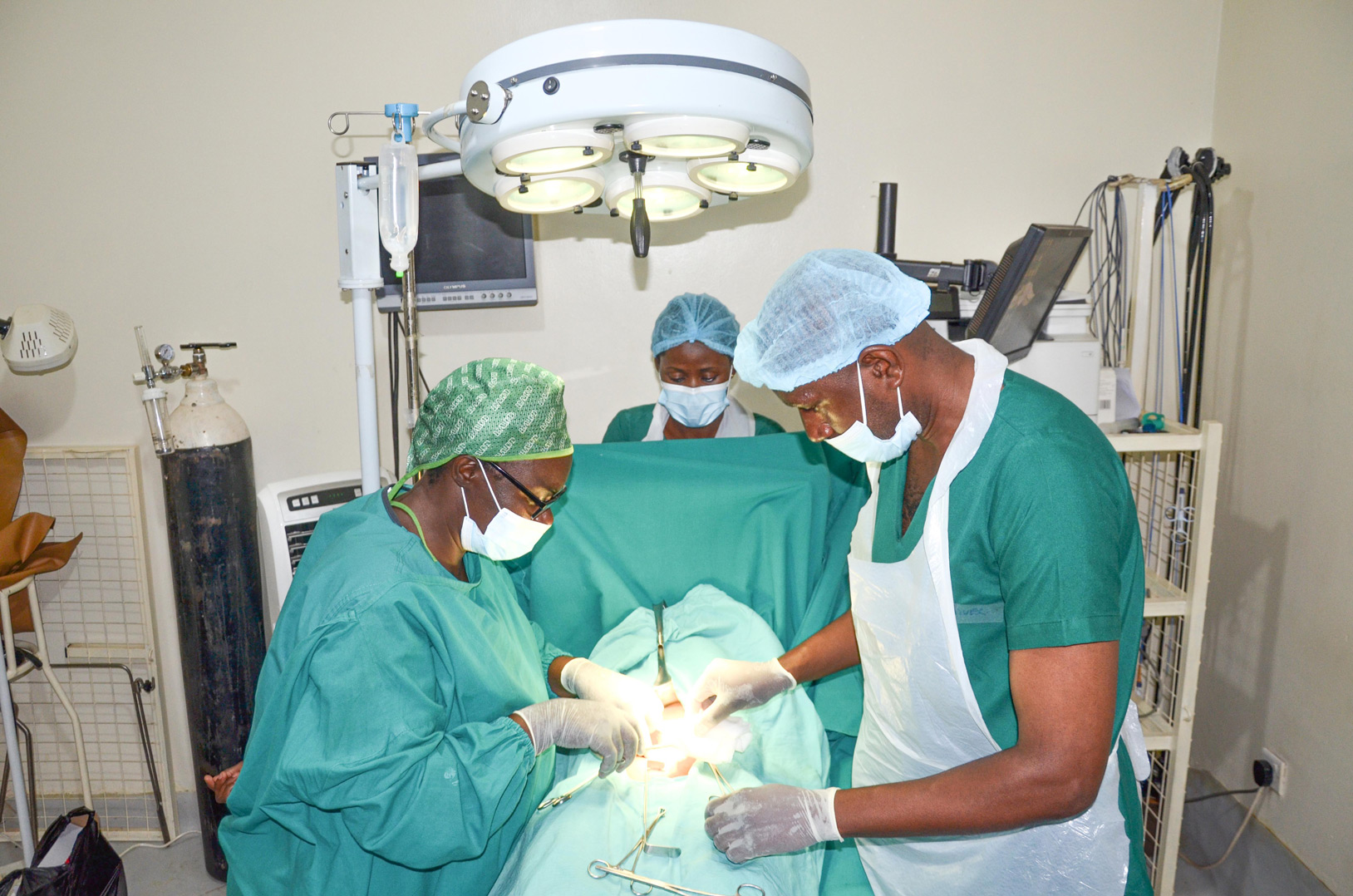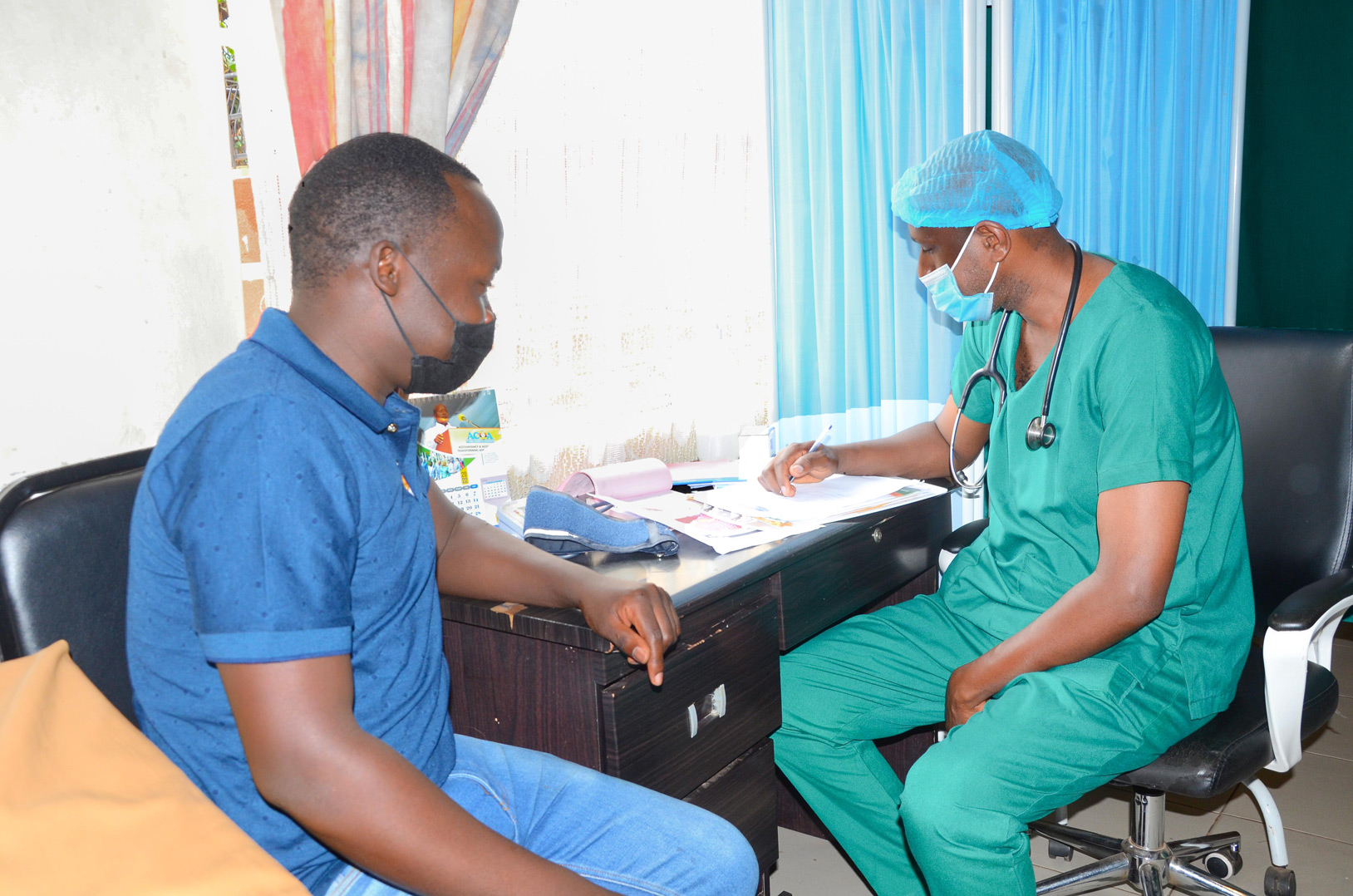Constantly need to pee? How to treat an overactive bladder
If you regularly get the feeling that you’ve “got to go”, you’re not alone. Overactive bladder syndrome is extremely common, with around one in six women in the Uganda experiencing symptoms.
It happens when the bladder contracts without warning, giving you little time to get to the toilet. It often also leads to urine leaking out (urinary incontinence).
Despite it being a common condition that affects millions, the exact cause of an overactive bladder isn’t known. However, several factors can aggravate symptoms, such as drinking caffeine or alcohol. Sometimes, an overactive bladder can develop due to damage which can occur during childbirth, neurological conditions, nerve damage, or a blockage or obstruction affecting your bladder.
Having the constant urge to pee can be embarrassing to talk about, let alone experience, but treatments for overactive bladder can make the condition manageable.
How is an overactive bladder treated?
There are multiple treatments for an overactive bladder, ranging from lifestyle changes to medication. If these are unsuccessful, a urology Consultant may recommend surgery.
General lifestyle measures
More conservative treatments that don’t require medicine or surgery are always tried first.
Your Urologist may recommend you cut down on alcohol and caffeine. Alcohol can worsen symptoms for some people, while caffeine is a diuretic, which means it can make you feel like you need to go to the toilet more often. While you don’t necessarily need to give up caffeine for good, it may be worth going without for a week. If your symptoms improve, you may want to limit your caffeine intake and make sure you’re close to a toilet when you have your morning cup of coffee.
Other lifestyle changes include stopping smoking and losing weight. Smoking can make incontinence worse, as coughing strains your pelvic floor muscles. If you’re a smoker, you can get support to help you quit.
If you’re overweight, you may experience incontinence due to fatty tissue putting pressure on your bladder. Losing excess weight can improve symptoms and even make them go away completely.
It’s also important to drink plenty of water. It might sound counterintuitive since you’d think that drinking a lot of water will fill up your bladder faster and make incontinence more likely. However, cutting back on liquid can make your urine more concentrated and irritate the bladder muscle, worsening your overactive bladder symptoms.
Similarly, you want to try to go to the toilet only when you need to. When you suffer from an overactive bladder, you might be tempted to go to the bathroom more often to avoid getting the sudden urge, especially when you’re out. But just like you get into the habit of going to the loo more regularly, your bladder gets used to holding onto fewer and fewer amounts of urine, making symptoms even worse when you do have to hold on a bit longer.
Bladder training and pelvic floor exercises
Bladder training aims to slowly stretch the bladder so that it can hold more urine. Over time, you’ll notice that you won’t feel the urge as often, and your incontinence should also improve.
To begin with, you’ll need to keep a bladder diary, noting down when you pass urine and how much. After a couple of days, you’ll have an accurate record of how overactive your bladder is. Then, it’s a case of holding on for as long as possible before you go to the toilet. This can be difficult at first. If you typically go to the bathroom every hour, you might struggle to wait for even an extra five or ten minutes. It can help to keep yourself distracted and only go when it becomes too uncomfortable to hold on.
While incontinence products aren’t a treatment for overactive bladder syndrome, they can help you manage your condition. Using absorbent pants or pads can help you cope with involuntary leaking as you gradually extend how long you wait before going to the toilet.
Over time, waiting should become easier as your bladder adjusts to holding more urine until eventually, you might only need the toilet five or six times a day.
Pelvic floor exercises are also helpful for treating incontinence. If you’re bladder training, strengthening your pelvic floor can help you hold on for longer before you need to “go”.
A urinary Consultant will put together a tailored programme to strengthen your pelvic floor, which involves intentionally contracting your muscles a few times a day.
Medication for an overactive bladder
If you do not see an improvement after making lifestyle changes and training your bladder, a Urologist may prescribe an antimuscarinic — a type of medication that blocks certain nerve impulses to the bladder, increasing its capacity.
You’ll usually have to take a tablet two or three times a day, although some medications also come as a patch that you place on your skin.
This medication can help reduce urgent trips to the toilet, but symptoms rarely vanish completely with medication alone. They may also return once you’ve finished your course of medicine. However, combining this treatment with bladder training can have better results over the long term.
As with all medication, taking antimuscarinics can cause side effects, but they’re often minor. These can include a dry mouth, which you can easily remedy by taking a sip of water. Some people report blurred vision and constipation, but each medication is different, and you may need to try multiple courses to find the one which works best for you.
Surgery to reduce the urge to pee
Many people find their overactive bladder easier to manage with non-surgical treatments, so surgery is only a last resort if all other treatments are unsuccessful.
Surgical treatments for an overactive bladder include:
Sacral nerve stimulation
The sacral nerves carry signals from your brain to the detrusor (or bladder) muscle. When you have overactive bladder syndrome, it’s this muscle that involuntarily contracts and causes the urge to pee.
Sacral nerve stimulation involves inserting a small electrical device under the skin of the buttock. This device generates a pulse that improves the signals from your brain to your bladder, reducing how often you need to go to the toilet. While this surgery can be painful and uncomfortable, it can be effective. Some people report a dramatic improvement in their symptoms, while some find that their incontinence disappears completely.
Augmentation cystoplasty
This operation makes your bladder bigger by removing a small piece of tissue from your intestine and adding it to your bladder wall. However, there are risks associated with this surgery. Not all people can pass water normally after the procedure and may need a catheter fitted to empty their bladder. This can lead to frequent urinary tract infections.
Urinary diversion
A urinary diversion is considered a last-resort treatment for an overactive bladder, as it stops urine from flowing into the bladder.
During this operation, your ureters, which connect the kidneys to the bladder, are re-routed to a pouch outside of your body. It can cause bladder infections and lead to complications requiring corrective surgery.
As this is a life-changing operation, your urology Consultant will only consider a urinary diversion if your overactive bladder severely impacts your quality of life and all other treatments have failed.
Living with an overactive bladder can be frustrating and life-limiting, but treatment can help. If you’d like to book a personalised appointment, get in touch today by calling .......... or filling in the contact form.



